Some of the most impressive highlights of Spain include fortresses and mosques built by the Islamic Empires (known collectively as the Moors) that ruled much of Spain from the 8th to 15th centuries*. The best and most famous sites are located in Andalusia, in Southern Spain, where the Moors had the strongest foothold on the Iberian Peninsula. But there are Moorish remains in all parts of Spain.
* A bit of history:
– The Moors crossed from North Africa in 711 AD and quickly took over most of Southern Spain.
– The height of the Muslim civilizations was in the 10th century with the Umayyad caliphate which had its capital in Cordoba. It was one of Europe’s most advanced and also more tolerant capitals where Jews, Christians, and Muslims lived together (mostly) in harmony.
– At the end of the 10th century the Christian Kingdoms in Northern Spain started to work together with the goal of reconquering Spain (to be known as the “reconquista”). In 1085 they conquered Toledo, then Valencia in 1238 and then Seville in 1247. The last Muslim stronghold was Granada and that was conquered in 1492. It marked the end of over 780 years of Muslim rule in Spain.
During the almost 8 centuries of rule, the Moors left an incredible legacy on Spain’s history, culture and architecture. This post covers many of the best Moorish sites in Spain. I also tell you which is our absolute favorite.
I’ll cover 8 Moorish sites in this post but there are 3 that are absolute “must-sees” and they’re the Alhambra in Granada, the Real Alcazar in Seville, and the Mezquita in Cordoba. All are incredible and if you’re visiting Spain you can’t miss them (all are in Andalusia and relatively close together).
The Alhambra (Granada)
The Alhambra was the last stronghold of Muslim rule in Spain. In 1492, the Moorish sultan of Granada (and head of the Nasrid dynasty), surrendered his city and handed over the keys of the Alhambra to the Catholic monarchs Ferdinand II of Aragon and Isabella I of Castile.
The Alhambra is a UNESCO World Heritage Site and is Spain’s most visited historical attraction. It is incredible with palaces, gardens, fortress walls, as well as an amazing location looking over the city of Granada.
See our guide to the Alhambra (on Mapping Spain, our Spain-only site)
The Real Alcazar (Seville)
The Alcazar (the word meaning “fortress palace”) was originally built as a Moorish fort in the year 712 by the first caliph (Muslim ruler) of Andalusia. The fort was demolished and turned into an extensive series of palaces in the 11th century when Seville became the capital of Andalusia. There were a total of twelve palaces which would be the main residences of the caliphs until the recapture of Seville by Christian forces in 1248. It is the level of detail – the ceilings, arches, tilework and the beautiful gardens that make the Real Alcazar such a remarkable site (and a UNESCO World Heritage Site).
The Christian kings, much like the Moors, made the Alcazar their royal residence but made a lot of changes. It is why the complex today is a mix of Islamic, Renaissance, Gothic, and Baroque elements. Those elements make the Alcazar the finest example of “Mudejar” architecture in the world (Mudéjar is an architectural style built under Christian rule that commingles both Moorish and Spanish Christian elements).
See our detailed guide to the Real Alcazar
The Mezquita (Cordoba)
The Mosque-Cathedral of Cordoba. It is both a UNESCO site as well as one of the “12 Treasures of Spain”. What makes the building so incredible are the mix of styles. The Mezquita is considered one of the two best examples of Islamic architecture in Andalusia (the other is the Alhambra in Granada). It also houses, in its vast interior, an exquisite Cathedral. While the mix of styles is confusing – and a blasphemy to some – the result is the best of both worlds in one incredible building.
More on the Mezquita of Cordoba
As I said up top, the 3 above are the top Moorish sites in Spain. All are incredible and must be visited. I’ll tell you at the bottom of this post which is our favorite.
But there are others also worth visiting…
The Giralda (Seville)
The Giralda is the belltower of Seville Cathedral. This impressive tower (the former minaret) is all the remains of the great mosque of Seville which stood here before it was replaced by the cathedral. What is unique is that you ascend ramps to go to the top, not stairs – It was designed this way so that officials could get to the top on donkeys or horses.
Seville. What to See – and how to do it on a budget
Medina Azahara (Córdoba)
Just outside Cordoba is the archaeological site of Medina Azahara. It was built under the orders of Abd al-Rahman III (the first Caliph of Muslim controlled Spain) and served as capital from 947 to 976 AD. Soon after the city was sacked and the city abandoned. It was only in the early 1900’s that the ruins of the city started being excavated, a process still ongoing today.
Medina Azahara is a UNESCO World Heritage Site with the inscription name “Caliphate City of Medina Azahara“. With a museum near the site, it makes for a very interesting visit.
Aljafería (Zaragoza)
Aljaferia is a fortified medieval palace built during the second half of the 11th century (completed between1065 and 1081) and was one of the most northernly outposts of Al-Andalus (ie. Muslim-controlled Spain). When Zaragoza was reconquered in 1118, it became the residence of the Christian kings of the Kingdom of Aragon.
The Alcazaba and Castillo de Gibralfaro (Malaga)
The city of Malaga has 2 Moorish fortresses worth visiting: the Alcazaba (situated on a hill in the old town) and, higher up the same hill, the Castillo de Gibralfaro. Of the two we enjoyed Castillo de Gibralfaro more. It overlooks all of the city of Malaga, a heavily fortified fortress long considered the most impregnable fortress on the Iberian peninsula.

A video of Castillo de Gibralfaro
More on Castillo de Gibralfaro.
Other noteworthy Moorish sites; Castle of Gormaz, Alcazaba in Almeria, Castillo de Sánta Barbara (Alicante), Castillo de Almodóvar del Río, Moorish Baths of Jaén, Mezquita del Cristo de la Luz (Toledo)
You should also have a look at this post which covers Moorish history, architecture, as well as some additional Moorish sites of interest in Spain.
So which is our favorite Moorish site?
It’s between the Top 3 that I mention above: the Alhambra, the Real Alcazar and the Mezquita.
We rated the Top 3 but were unsure. We visited the Real Alcazar in 2016, the Mezquita in 2016 (and again a few months ago in 2022), and the Alhambra in 2020. We thought maybe seeing them over the course of all this time would skew our perception.
So we asked our friends at Westwards for their opinion. They had come to visit us in February of this year (2022) and had visited all 3 sites within a space of a few weeks.
So how did they rate the 3 sites?
Their response:
- The Mezquita
- The Real Alcazar
- The Alhambra
Which matched exactly the order we had listed. Why? The Mezquita is stunning and made our jaw drop maybe more than any other site we’ve seen anywhere. It is incredible. The Moorish detail at the Real Alcazar is exquisite and the reason we chose it second. It is stunning. The Alhambra is incredible: the palaces sumptuous and the fortress fortifications massive and incredibly impressive.
All three are spectacular and picking our favorite among them is difficult. On a different day it could be any of the three. It just really comes down to what left us with a more lasting impression. And that is the Mezquita.
Do you have a favorite Moorish site in Spain?

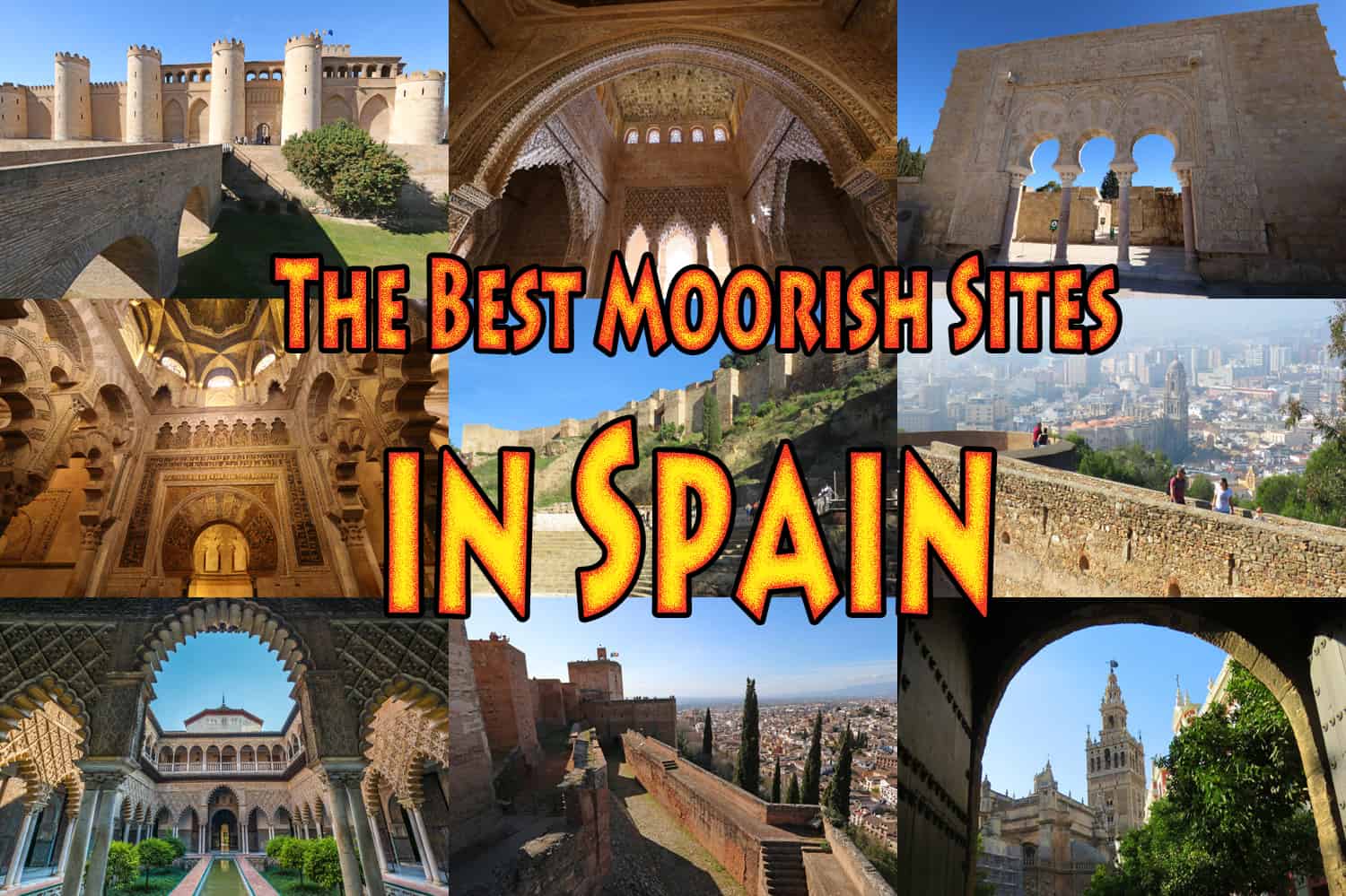
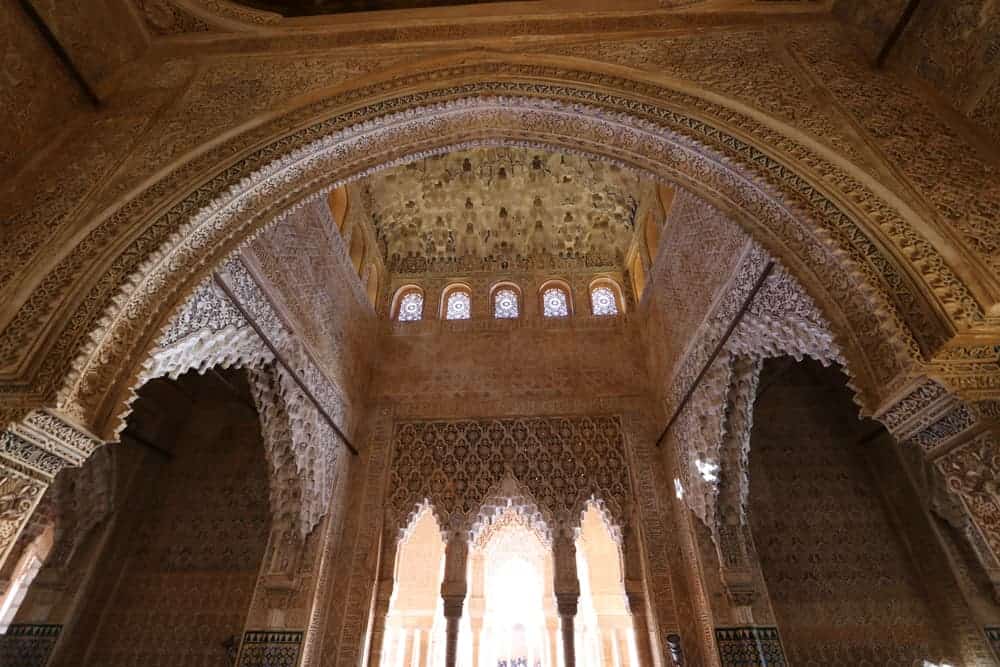

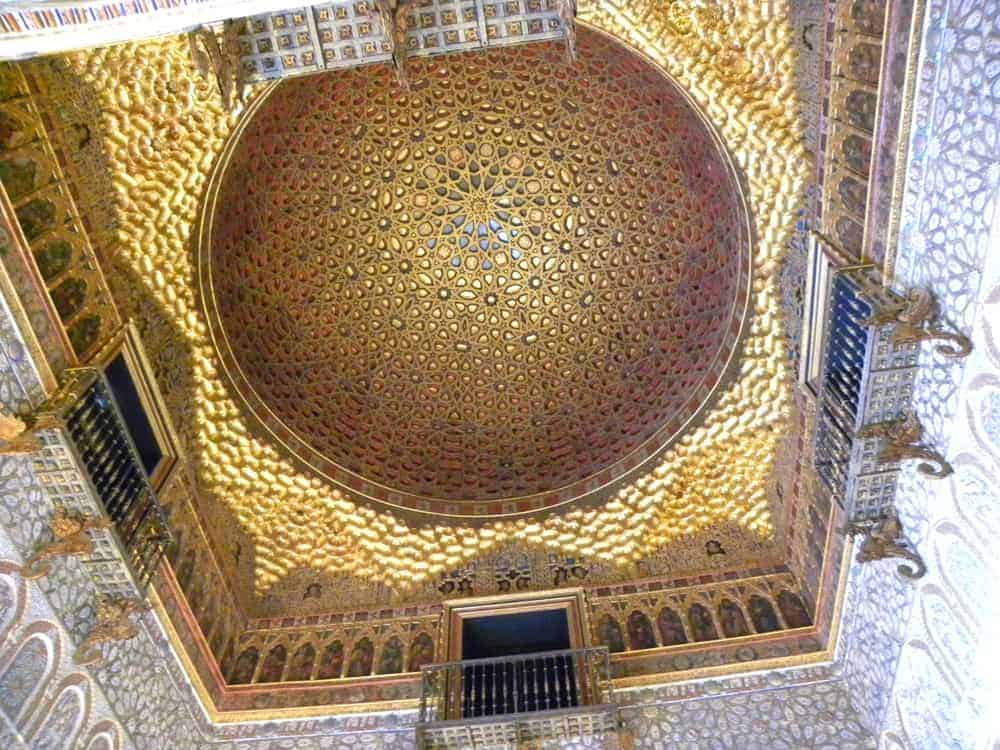


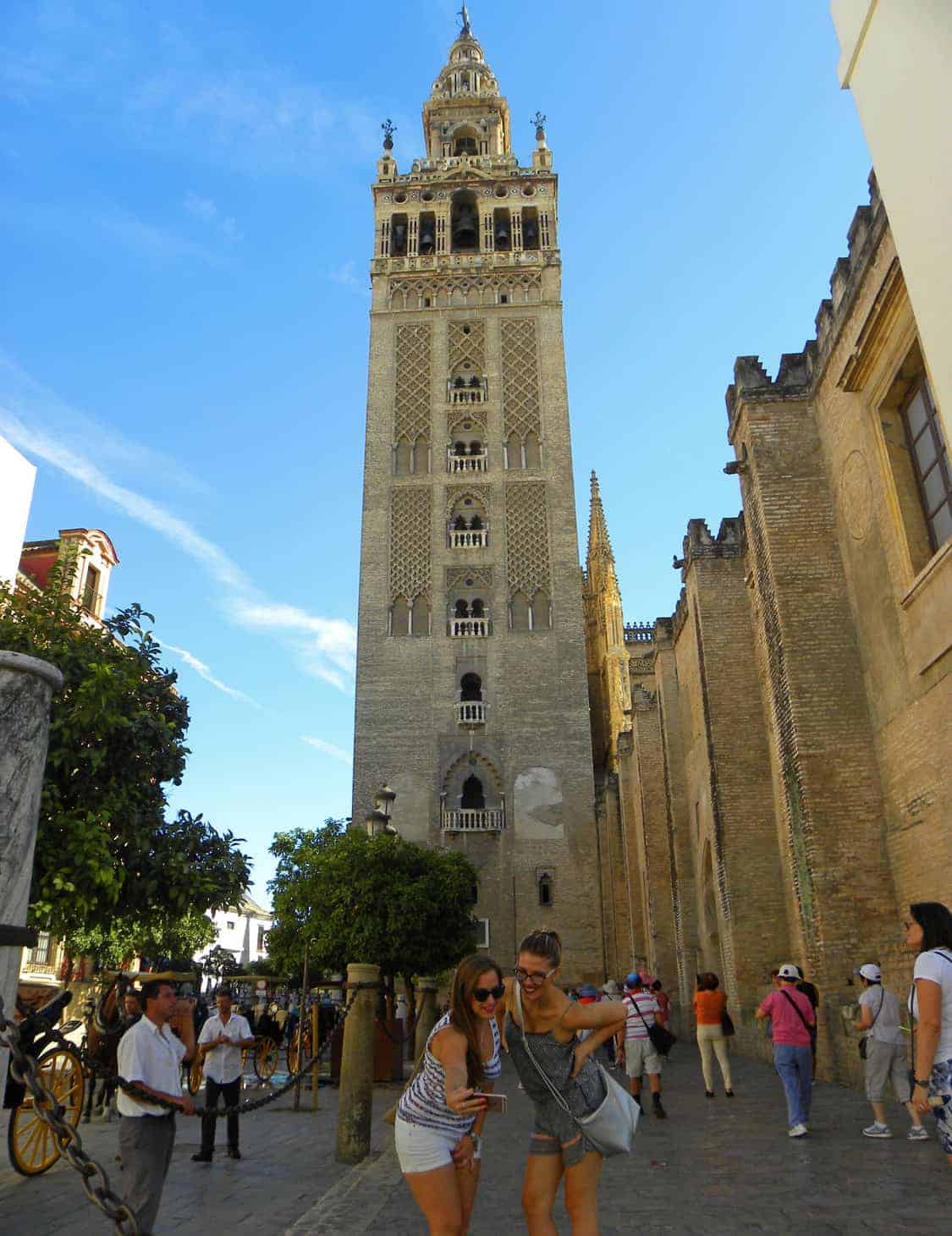
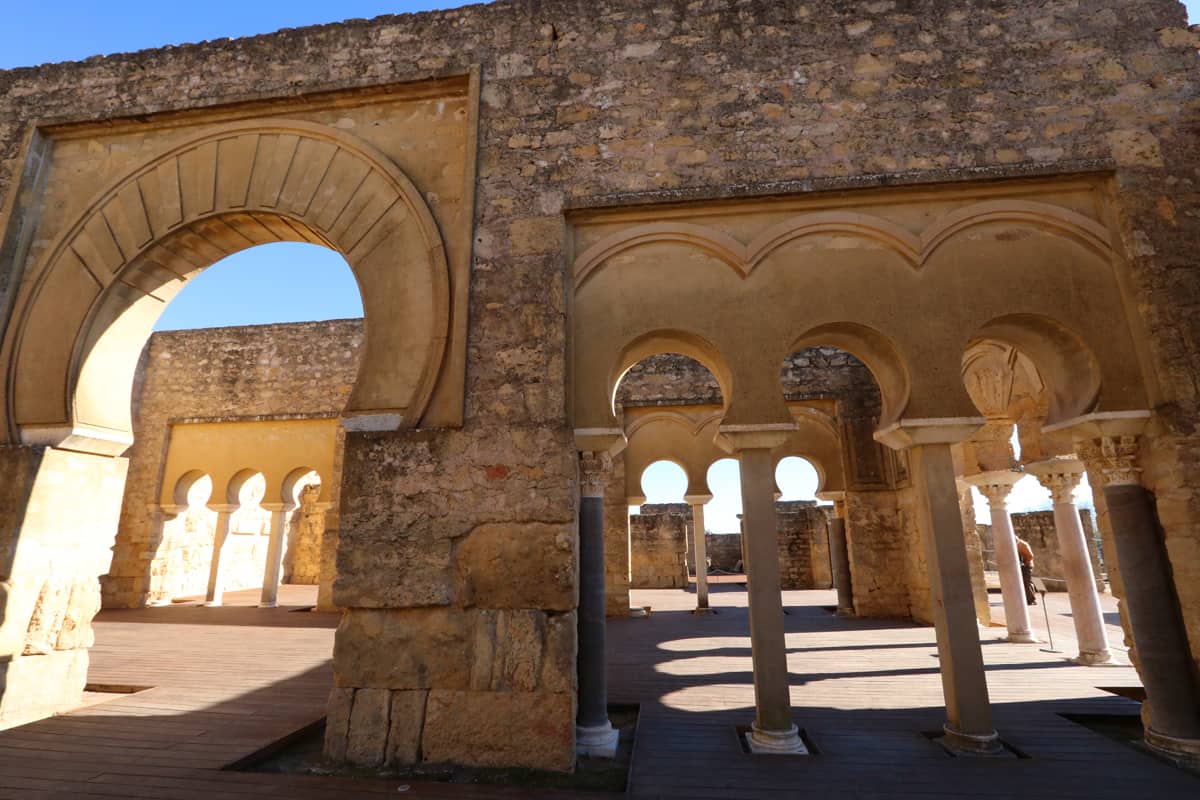
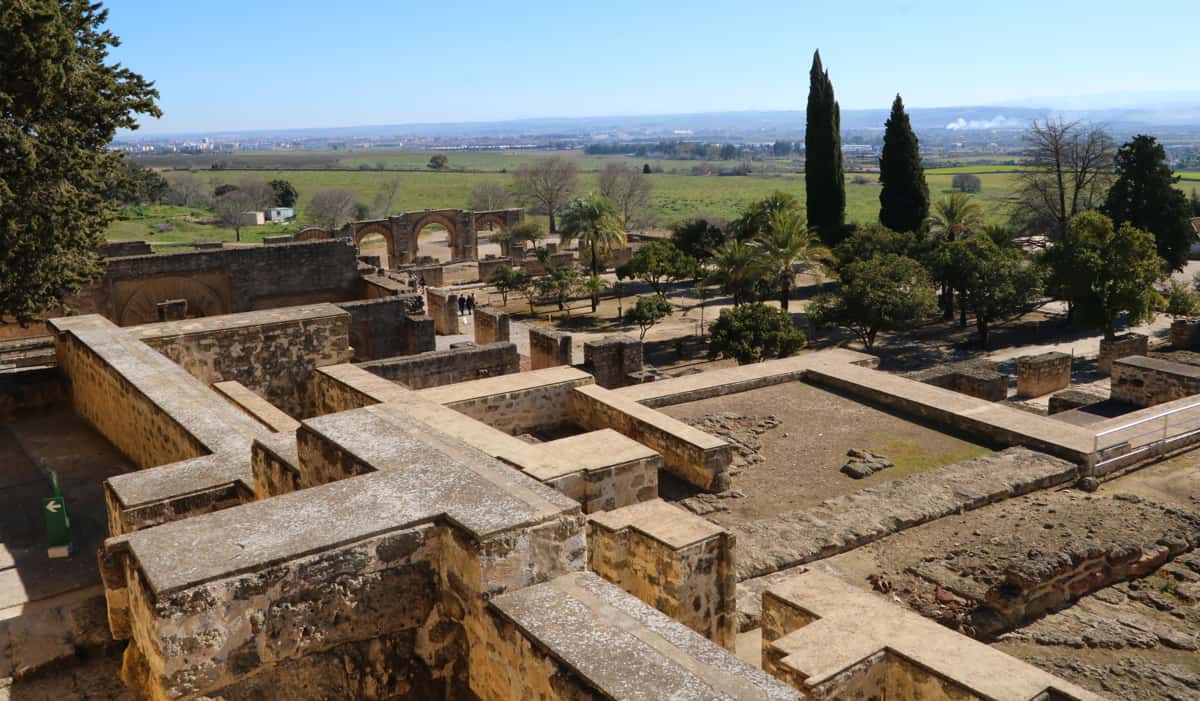

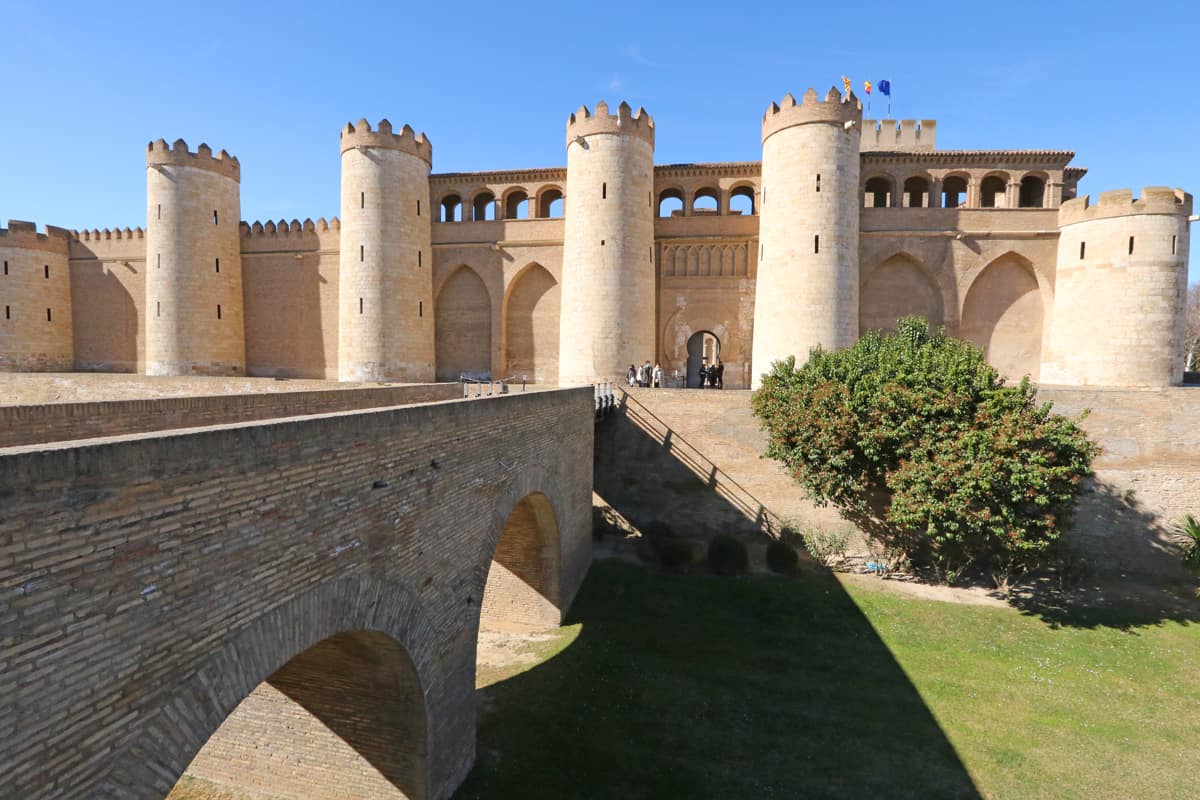
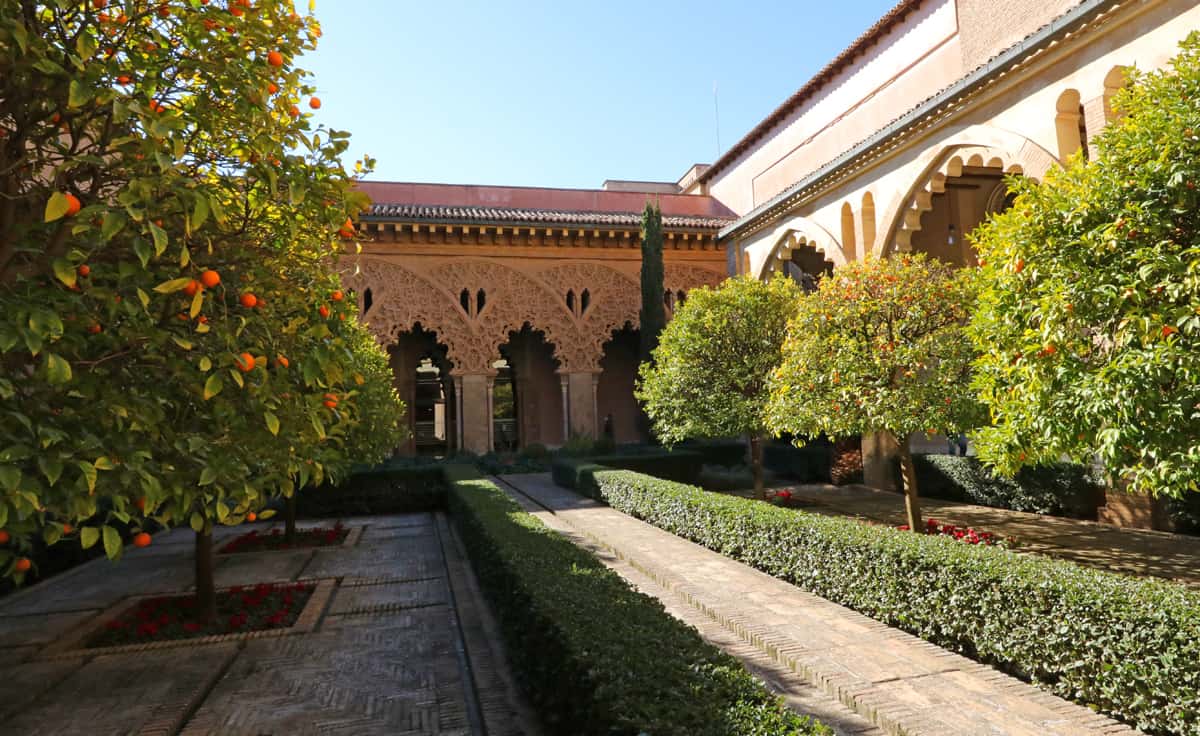
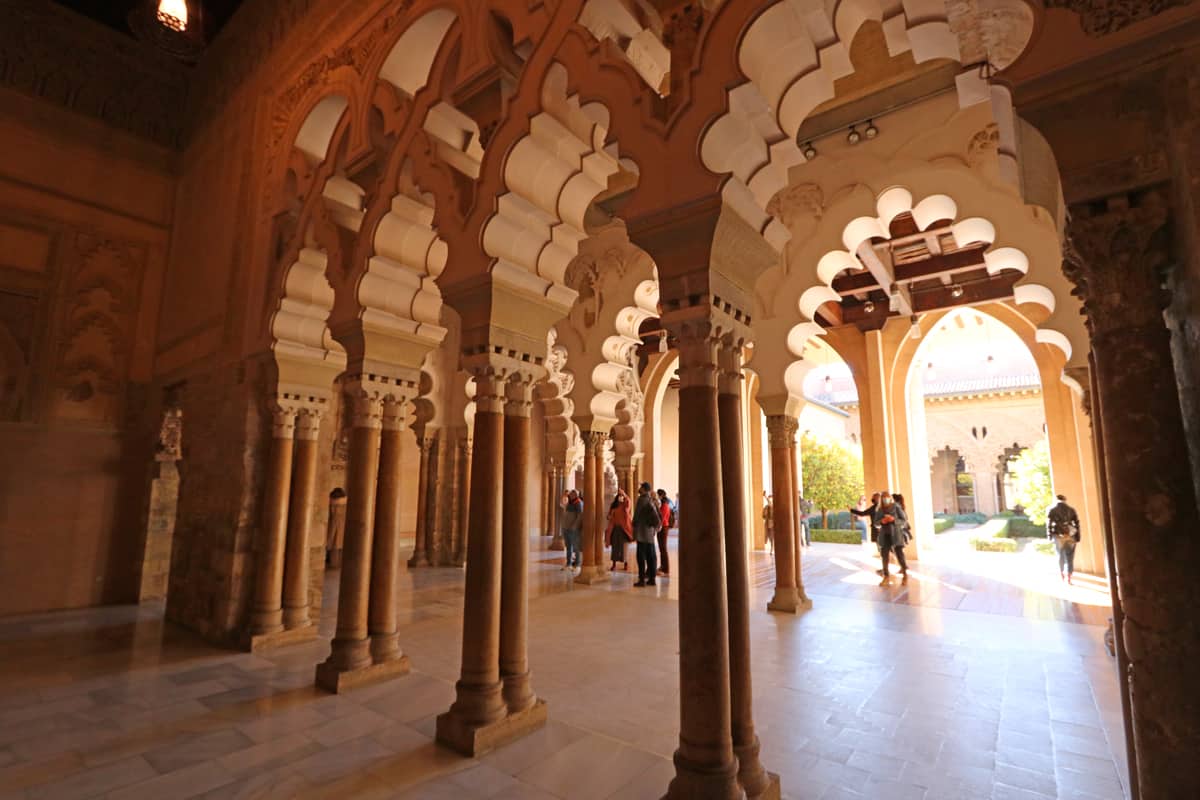

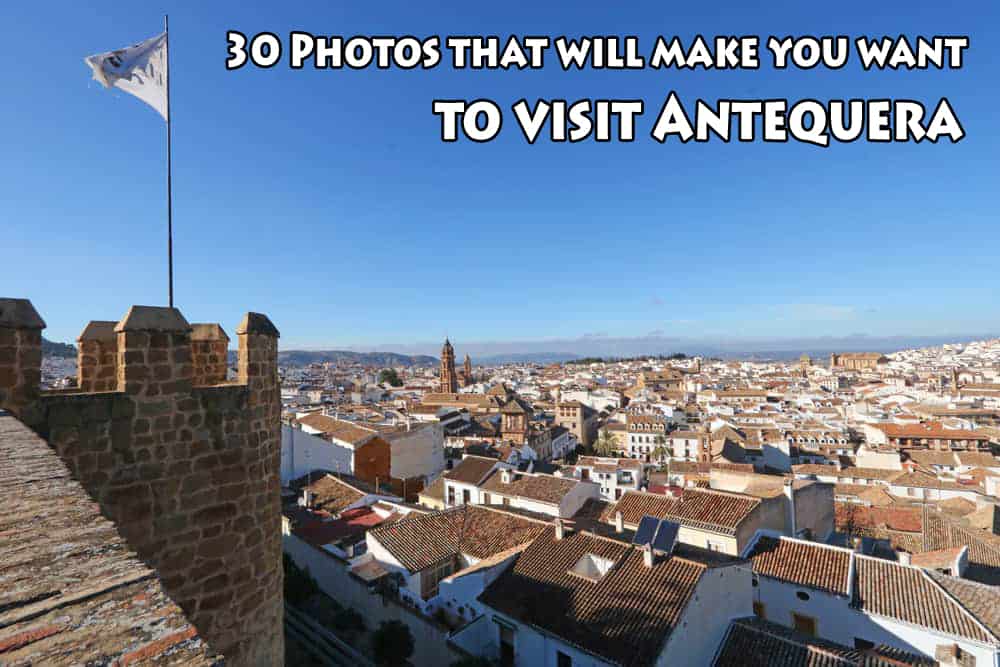

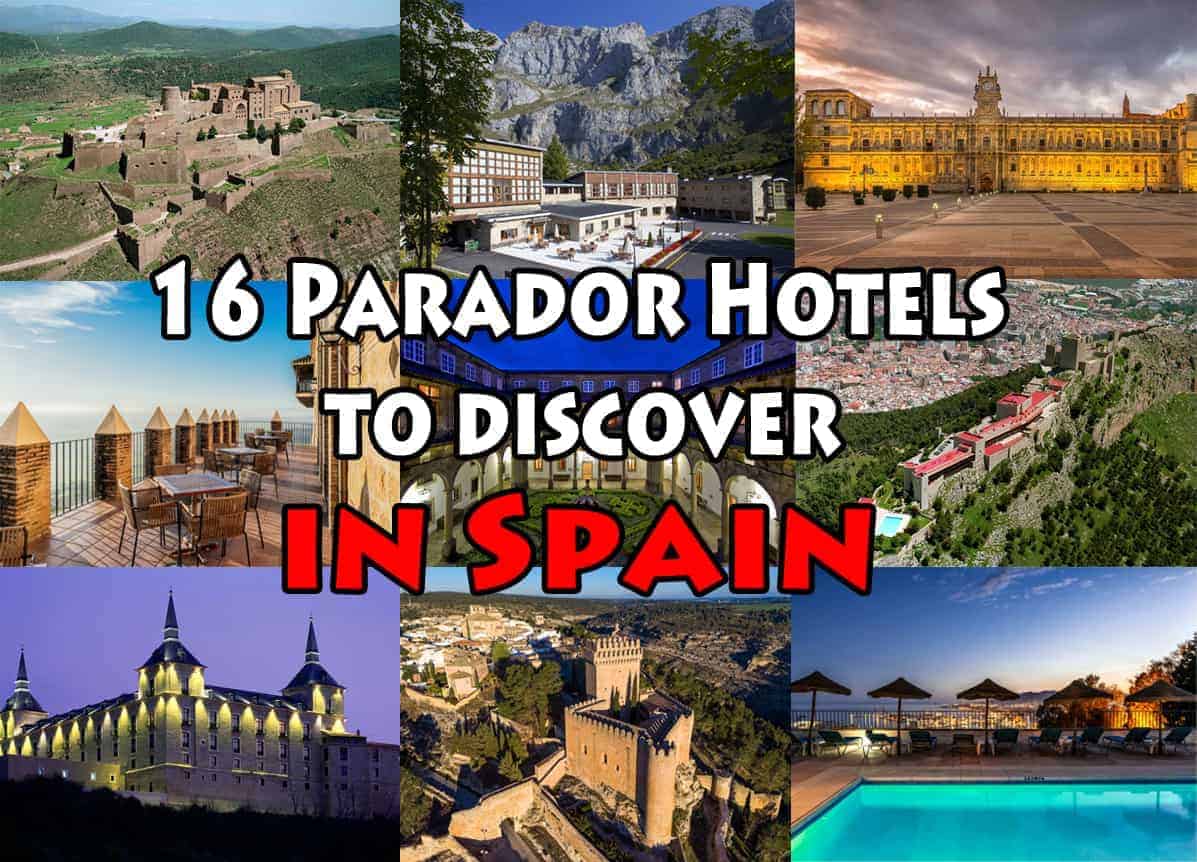
Cuéllar Castle is impressively different.
Just looking it up and it IS impressive – but from what I read it doesn’t appear to have been built by the Moors (the history a bit blurry, but the castle that stands there was actually built after Moorish rule…).
Would like to see it though, I’m a big fan of castles!
You know, this “reconquista” thing is really a 19th century invention looking to push back a national identity as far as possible. I mean, how can some Christian kingdoms reconquest something that was never theirs? When they didn’t even exist? Pre-Moorish invasions (there were more than one) found Visigoth kingdoms, not all of them Catholic.
But it was hugely important to establish a continuity between the original Visigoths and the upcoming Christian kingdoms so, in Rome’s eyes, the Christian warlords would claim it was a simple restoration so they could legitimate dynastic rights and become kings. At those times, only the Pope could crown kings and start a dynasty.
Fortunately the conquerors from the north did not completely destroy Moorish culture, art, and architecture. They did try, though… (i.e. the Mosque-Cathedral of Cordoba)
Thank you, interesting perspective.
Hi Both, thanks for your articles. My favorite Moorish site is, like yours, the Mosque in Córdoba. But that’s because it’s a punch it’s just so impressive. These days, though, it’s crammed with people aclickin’ with their phones.
Which is why the second-rate places can be more enjoyable…
We’re in agreement 🙂 It is spectacular.
Bit surprised by what you say about it being crammed. We were there 1st time in 2016. Was definitely crammed then. Came back in February of this year (Post here on our Spain-only blog) and practically had the place to ourselves.
obviously i have only visited two of these sites – the ones in Seville – but the influence is clear through this part of Spain. The one in Cordoba looks amazing! Thanks for sharing!